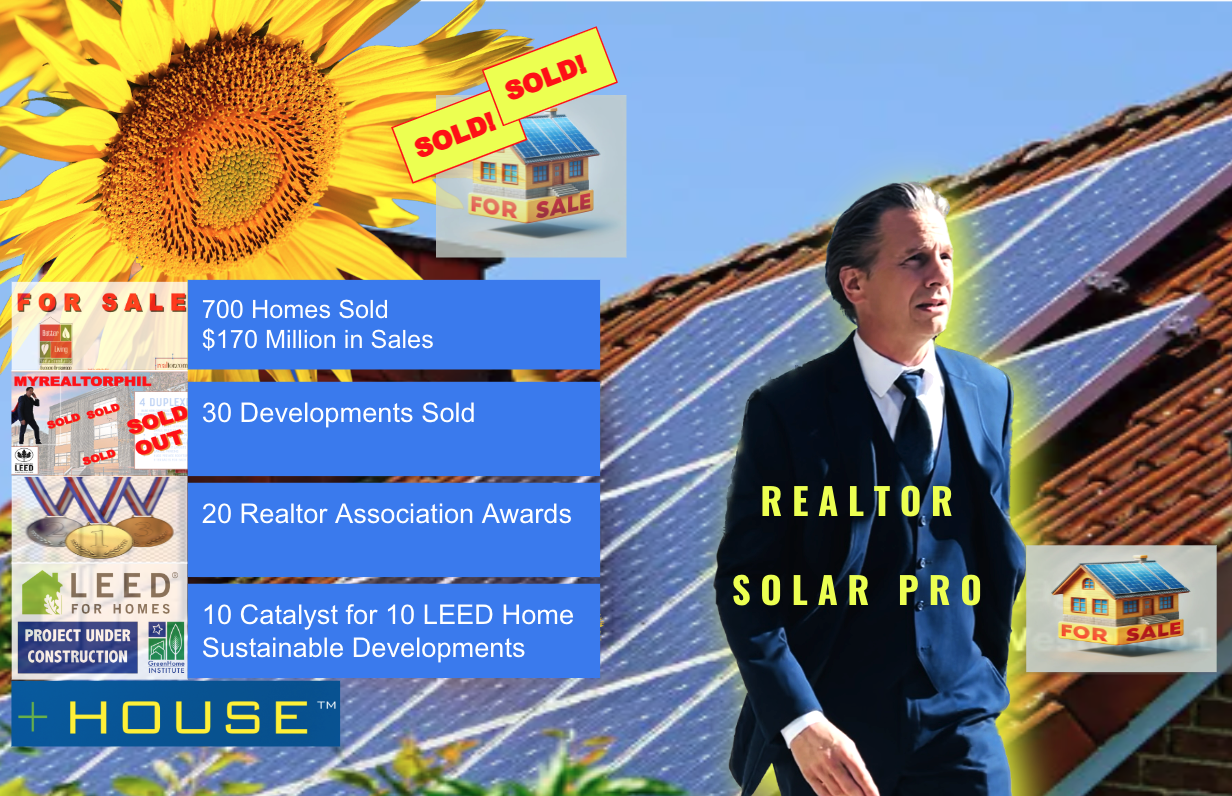National home prices lower year-over-year for 1st time in Decade.
Here is my update as we hit May and head into the Summer market of 2023. Using the Chicago Association of Realtors update I have this to report.
Nationally, existing home sales jumped 14.5% month-over-month as of last measure, the first monthly gain in 12 months, and representing the largest monthly increase since July 2020, according to the National Association of REALTORS® (NAR).
The sudden uptick in sales activity stems from contracts signed toward the beginning of the year, when mortgage rates dipped to the low 6% range, causing a surge in homebuyer activity.
I noticed a little bump occurred in contracts going pending also. Pending sales have continued to improve heading into spring , increasing for the third consecutive month, according to NAR.
Make it stand out
The drop in homes (blue line) is evident year on year. Homes are down in Chicago over 8%.
Condos are slightly up just over 1%.
New Listings in the City of Chicago were down 23.3 percent for detached homes and 38.6 percent for attached properties. Listings Under Contract decreased 17.3 percent for detached homes and 36.8 percent for attached properties. This is good for prices because with fewer homes for sale, the fact that fewer buyers are out there keeps the supply and demand at balance.
I was surprised to know that Home sale prices in Chiago dropped but condo prices bumped up. In prior years it was the opposite.
8.7 Drop In Homes Is A Large Loss In Equity For Chicagoans
Keep in kind that on average American families greatest store of wealth is their home.
The spring market saw Median Sales Prices go down for single family
homes a whopping 8.7 percent to $295,000 ,but prices went up for condos 1.7 percent to $362,500.
What is behind that drop in homes is the fact that the months supply of Inventory increased 27.2 percent. And the increase in condo prices is reflected in that the number of condos for sale decreased 5.8 percent.
Monthly sales might have been even higher if not for limited inventory nationwide and in Chicago.
At the current sales pace, there were just 2.6 months’ supply of existing homes at the beginning of March, far below the 4 – 6 months’ supply of a balanced market.
The affordability index’ drop down below 80 in April is driving prices downward. Inventory remains suppressed in part because of mortgage interest rates, which nearly hit 7% before falling again in recent weeks.
Make it stand out
What is Driving Prices Down?
“This index measures housing affordability for the Chicago region. How the index works.
An index of 120 means the median household income was 120% of what is necessary to qualify for the median-priced home under prevailing interest rates.
The drop in prices we have seen is drive by the reality shown in this particular graph. Understanding this is the key to understanding the market.”
- Phil Buoscio
Higher rates have continued to put downward pressure on sales prices as the affordability index shows.
For the first time in more than a decade, national home prices were lower year-over-year, according to NAR, breaking a 131 month streak of annual price increases.
If you are thinking of selling now it is more important than ever to prep the property and price it perfectly and show
it powerfully with top rate marketing and sales pitches. All of which you get with someone who has closed over 800 transactions
in the business. Give me a call or text right away for a no obligation free market analysis.
Solar Panels Can Boost Home’s Resale Value, Study Finds
(Click to Read Whole Article)
Environmental Issues, Solar Energy Features & Tax Credits, Remodeling, Resource Efficient Homes
Home owners may write off solar panels as too costly (installation can cost upwards of $25,000), but a new study suggests that installing solar panels can pay off.
Researchers find that solar panels not only save money on electricity bills, but also provide a boost to home owners at resale, particularly when added to existing-homes, according to a new study by Lawrence Berkeley National Laboratory(link is external). Home owners not only are likely to recoup their investment from the installation but even stand to make more at resale, the study finds.
Researchers analyzed the sales of about 2,000 solar homes in California from 2000 through mid-2009 and compared the prices to those of 70,000 comparable homes that did not have solar panels.
On average, solar panels added about $5.50 per watt to a home's resale value. In other words, a home with a typical 3.1-kilowatt solar system stands to make an extra $17,000 above the cost of a comparable, nonsolar home.
“Solar could be installed on 90 million homes and only 3 million have it as of now. A huge expansion is possible to remove carbon and save homeowners while raising the value of their home. Read the articles below.”
-Phil Buoscio
The Sun is Shining on Solar
(click for full article)
Sustainability, Solar Energy Features & Tax Credits, Resource Efficient Homes
The market for photovoltaic installations is hot, creating opportunities for home sellers and buyers.
© SL-F - iStock/Getty Images Plus
How much value does a solar installation add to a property? It’s a question increasingly on the minds of consumers who are interested in the cost-benefit analysis of residential solar installations, also known as photovoltaic systems. If you haven’t already sold a property with solar panels, you probably will soon, so it’s important to understand the industry pitches and the potential gains for homeowners and investors.
Currently, the U.S. has 2 million solar PV residential and commercial installations, up from 1 million three years ago, according to the Solar Energy Industries Association. The total is expected to reach 3 million by 2021.
The growing interest in solar installations is easy to understand. “A lot of people like the idea that, number one, they’re going to be paying less for electricity, and number two, they’re locking in the price for electricity; they know exactly what they’re going to pay for electricity for the next 20 [or] 30 years,” says Vikram Aggarwal, CEO of EnergySage, a website that screens PV system installers and allows homeowners and businesses to request competitive quotes.
Once a system is installed, a homeowner typically pays a small monthly charge to be connected to the utility. This means they can divide the cost of the system by the monthly cost they have been paying for electricity to find out how long it will take to break even; after that, the savings continue indefinitely. For example, if homeowners have a monthly $215 electric bill, and $15 of that is the connection to the utility, they can install a PV system costing $15,000 to save $200 per month and pay off the cost of the solar installation in just over six years.
In parts of the country where power outages are common, solar installations with battery storage have an additional appeal because homeowners can store electricity for times when the grid is down. Battery storage is growing in popularity in California, the top state for solar installations, where concern over wildfires has caused utilities to repeatedly shut off power, and in Florida and Texas, where hurricanes led to power outages.
.
Tax Credits Pave the Way For Solar. There is urgency to use them now, before they run out.
By Phil Buoscio
My advise is not to wait and look into solar. 90 MIllion homes would be adaptable to solar and only 3% of that has it already. The government has created tax incentives to greatly increase the number of homes with solar.
In my opinion carbon based energy sources will become much more expensive soon. They have doubled every 15 years before but that will not be the case going forward. I expect energy costs to double every 5 to 7 years now.
The way to INSULATE yourself from this inflation is to become your own Power Plant and have solar on your roof.
When buying a home I advise you to have a solar analysis done of the home first so you know it has the potential to allow you to become more energy independent.
Affordability
Rates Push Down Peoples Ability To Keep Up With Prices
Affordability Of Buying Real Estate In Chicago In Summer of 2023
Chicago is less affordable now.
The Real Estate Market In Chicago is really driven up and down by this index.
Rates flex and buyer pools tighten and widen as they do.
Just look at this amazing snapshot of the market affordability.
Keep in mind that as affordability drops incomes have to go up to allow people to still buy homes at prior prices. Well, incomes have NOT kept pace with the quick rise in payments on homes.
This index measures housing affordability for the Chicago region.
How the index works.
An index of 120 means the median household income was 120% of what is necessary to qualify for the median-priced home under prevailing interest rates.
A higher number means greater affordability.
Look at how it has dropped during Covid as the inventory of homes dropped and rates stayed low.
Then as rates rose the index stayed “unaffordable” hovering 75.
This is a low that is equal the run-up of the Great Recession when prices really got out of hand. I don’t predict a big crash in prices, but the drop in prices we have seen is drive by the reality shown in this particular graph. Understanding this is the key to understanding the market.









